Encounter Costa Rica's Central Highlands
Authentic Central American Experiences For Your Clients Request A Quote
The Central Highland region of Costa Rica has some of the highest mountains in the country and it is a land of cool, misty cloud forests and rushing rivers.
This mountain range, which runs from Nicaragua in the north to Panama in the south, marks the dividing line between the Caribbean and Pacific sides of Costa Rica, and as such creates two very different climatic regions which sit side by side. Though the area is dotted with the odd small village, it is a quiet, undeveloped region where nature flourishes and human impact is kept to a minimum. The few locals that do live here, such as the pioneering Chacón family on the Pacific side, make a living by dairy farming and harvesting fruit orchards, especially apples. On some of the lower-lying land on the Caribbean side around Turrialba, coffee used to be big business and continues to be produced on a smaller scale to this day.
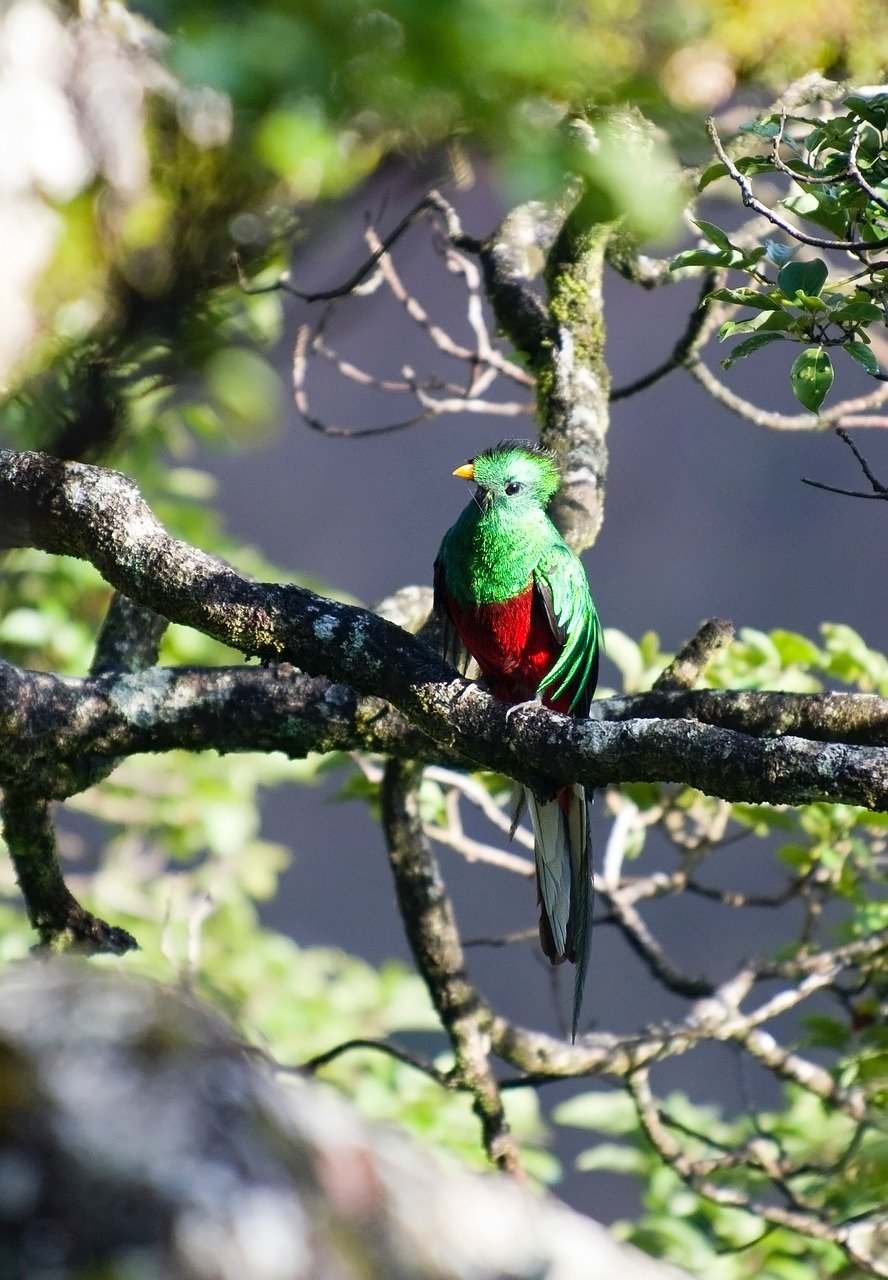
The divide between Caribbean and Pacific Costa Rica

In recent years tourism has become very important in the highlands on a number of different counts. The wild Pacuare River is well known among whitewater rafters the world over, and is credited with being in the top five rafting destinations on the planet. As well as adrenalin junkies the region attracts those who come in search of quieter pursuits, such as trout fishing and birding. The Los Quetzales National Park, near San Gerardo de Dota, on the Pacific side, is one of the best places in Costa Rica to catch a glimpse of the rare and beautiful quetzal, as well as all sorts of other exotic birds and wildlife.
build your clients trip with our experts


WHAT NOT TO MISS IN
the Central Highlands
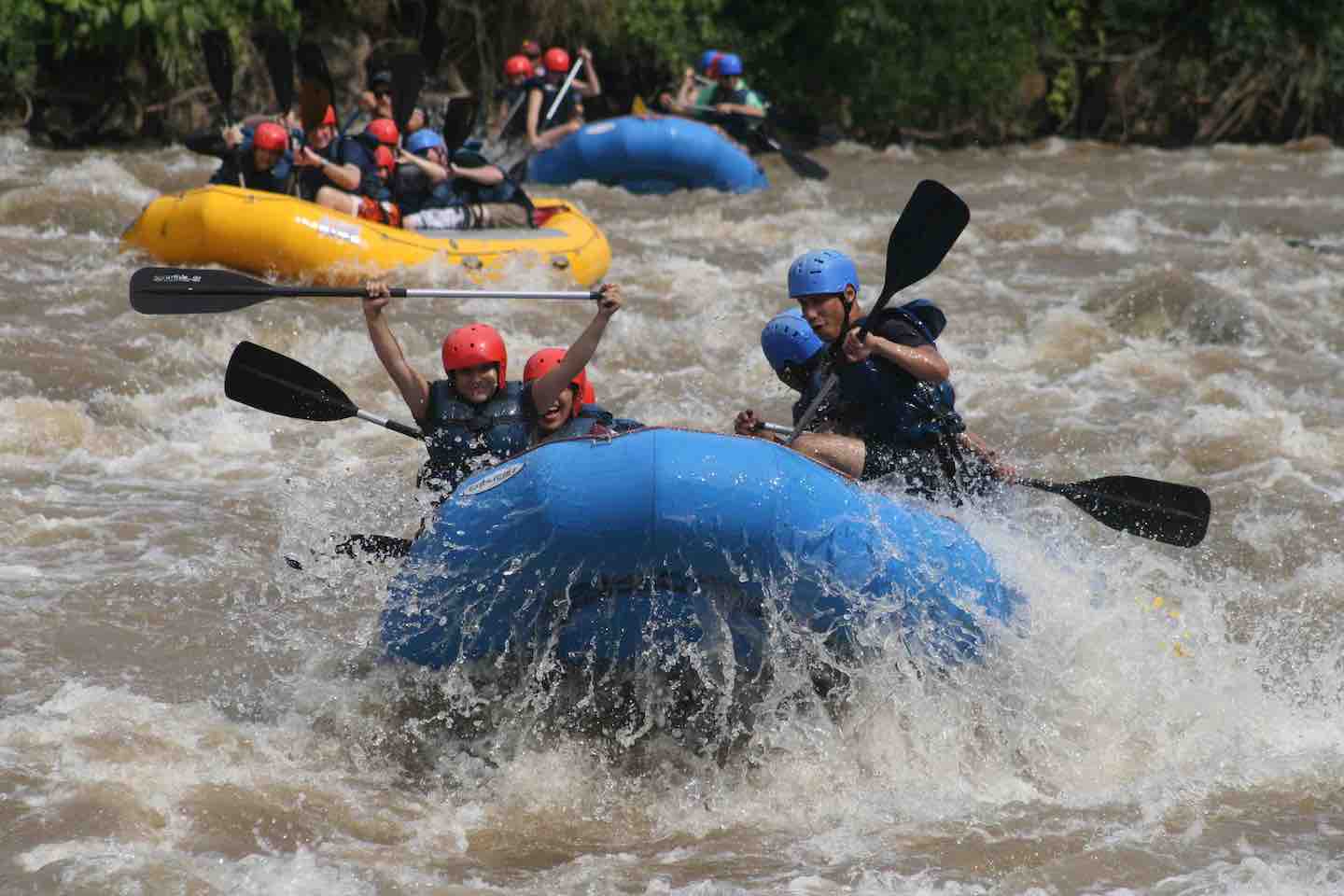
Pacuare Rafting
If you dream about rafting on a wild tropical river with warm water, the celadon-colored Pacuare is a dream come true! Rated one of the top rafting rivers in the world, you’ll experience the intimate nature of the rainforest as you whitewater raft your way right through it on 19 miles of Class III-IV rapids.

San Gerardo de Dota
San Gerardo de Dota is home to some of the most spectacular birdlife in Costa Rica. Birders flock here in search of the rainbow plumage of the rare quetzal, but there are all sorts of other birds putting on a display too including, hummingbirds, woodpeckers and toucans.

Hiking the Highlands
Costa Rica’s Central Highlands are a haven for hiking enthusiasts. The best of the region’s hiking can be found around the town of San Gerardo de Dota nestled within the Savegre River Valley and the Talamanca Mountain Range.

Irazú Volcano
Irazú Volcano is the highest active volcano in Costa Rica, though at present it is (relatively!) calm. It has several craters, mostly black and barren, but there is one with a brightly colored mineral lake. Standing at the summit on a clear day you can see both the Caribbean Sea and the Pacific Ocean.

Natural Pools & Waterfalls
Close to Turrialba is the Aquiares Waterfall. A short hike through coffee fields lead to this spectacular waterfall where you can take a refreshing swim and enjoy a natural water slide! Also close to Mount Chirripo, the highest mountain in Costa Rica, are several hikes that lead to secluded and beautiful waterfalls.
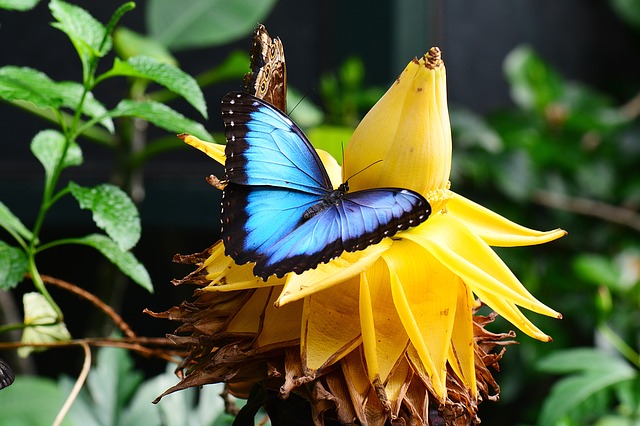
CATIE Conservation Research
One of the world’s premier centers, primariy dedicated to research in the management, conservation, and sustainable use of natural resources. With 50 manicured gardens you’ll be able to spot all types of exotic birds, butterflies and lizards.
destination map

| Title | Address | Description | |||
|---|---|---|---|---|---|
San José | San José, Costa Rica | Sprawling and chaotic at first sight, San José is nonetheless a vibrant capital with plenty to see and do. There are still pockets of colonial gems around San José and some very fine museums and green spaces, as well as a lively cultural life.Read more… | |||
Manuel Antonio | Parque Nacional Manuel Antonio, Provincia de Puntarenas, Quepos, Costa Rica | In the Manuel Antonio National Park you’ll find sloths, iguanas and the rare squirrel monkey among many other species. In the pristine waters around the perfect bays there is a flurry of marine life from dolphins and turtles to whales and colorful tropical fish.Read more… | |||
Arenal & La Fortuna | Volcán Arenal, Provincia de Alajuela, San Carlos, Costa Rica | The presence of the impressive Arenal Volcano is everywhere. Whether strolling around La Fortuna village, canopy rappelling in the forest, boating along Lake Arenal, horseback riding or hiking the countryside…adventure lies around every corner.Read more… | |||
Monteverde | Provincia de Puntarenas, Monteverde, Costa Rica | Home to Costa Rica’s most stunning and pristine Cloud Forest where you can find birds, monkeys and people (zip-lining of course) flying through the trees! There are plenty of adventures from the Sky Walk to horseback riding and hiking.Read more… | |||
Tortuguero | Tortuguero, Limón, Costa Rica | On Costa Rica’s northern Caribbean Coast,, Tortuguero is a water world made up of canals, lagoons, streams and dense rainforest. Known as the ‘Land of Turtles’, Tortuguero is one of the world’s most important turtle nesting sites! Read more… | |||
Puerto Viejo | Limón, Puerto Viejo de Talamanca, Costa Rica | The laid-back pace of this Caribbean beach town is bound to win you over. Here you’ll get a taste of Costa Rica’s Creole culture and enjoy the adventures of the nearby Gandoca-Manzanillo Wildlife Reserve as well as relaxing in its calm Caribbean waters. Read more… | |||
Tamarindo | Provincia de Guanacaste, Tamarindo, Costa Rica | This once small, unassuming fishing village on the Pacific Coast has become the center of Costa Rica’s high-end beach scene. Tamarindo offers designer shopping, incredible restaurants and plenty of nightlife for those seeking a not so quiet beach setting. | Nicoya Peninsula | Península de Nicoya, Costa Rica | Jutting out out into the Pacific, this tropical peninsula is a mountainous and sparsely populated area with an abundance of wildlife. The stunning coastline is dramatic and unspoiled with long stretches of sandy beaches backed by jungle.Read more… |
Rincon de la Vieja | Volcan Rincon de la Vieja, Provincia de Guanacaste, Costa Rica | There are many ways to experience the area ranging from hiking, rappelling, rock-climbing and canopying to relaxing horseback rides and soaking in the volcanic hot springs flowing from the mountain – one of the major draws of the region.Read more… | |||
Central Highlands | Cordillera Central, San José, Costa Rica | This region has some of the highest mountains in Costa Rica with cool, misty cloud forests and rushing rivers. It runs from Nicaragua to Panama and separates Costa Rica’s Caribbean and Pacific Coasts, creating two very different climatic regions. Read more… | |||
Osa Peninsula | Peninsula de Osa, Provincia de Puntarenas, Costa Rica | The Osa Peninsula is an untouched natural wonderland with wildlife-filled rainforests and palm-backed Pacific beaches. Visit the Osa Peninsula’s Corcovado National Park where almost one-tenth of all the mammals found in the Americas live! Read more… | |||
Sarapiqui | Heredia, Sarapiquí, Costa Rica | Puerto Viejo de Sarapiqui in the lush Caribbean lowlands is known for its natural environment filled with tropical flora, and for the broad Sarapiqui River that flows through it. Read more… |
Depending on your client’s preferences, we can help you determine the best experiences tailored for your clients. From where to visit, when to go, what to do and how to get there safely, our travel experts will help you create an experience your clients will love.
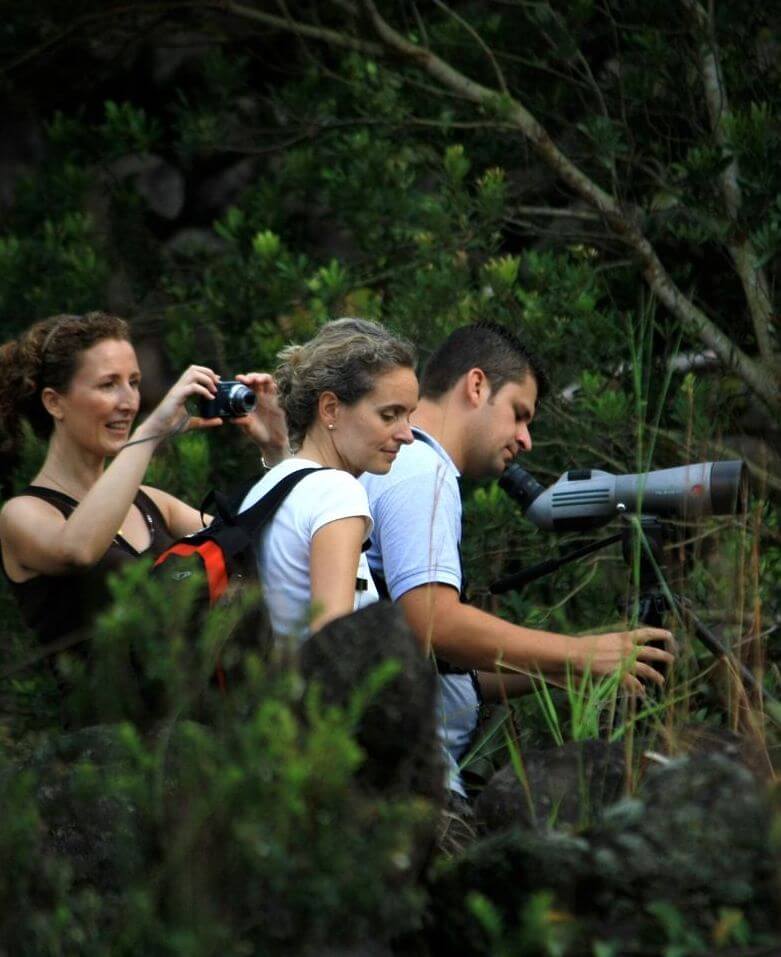
Best times to visit Costa Rica’s Central Highlands
The highlands have two distinct climates divided between the Caribbean and Pacific sides of the central mountain range. On the Pacific side the dry season runs from January to April, while on the Caribbean side from June to October. Rainy seasons are also opposite, and the months between are a transition period when it can be rainy or sunny on both sides. December through April is the best time of year to see the quetzal and other birdlife around San Gerardo de Dota. At the beginning of the rainy season, from around June, this region is especially beautiful as the rain turns the whole area a rich, vibrant green. Further along in the season some of the winding mountain roads can become difficult to traverse as mud and cascading water start to stake their claim on the land. The rainy season is also the best time for whitewater rafting with the rivers at their peak and providing an even greater thrill.
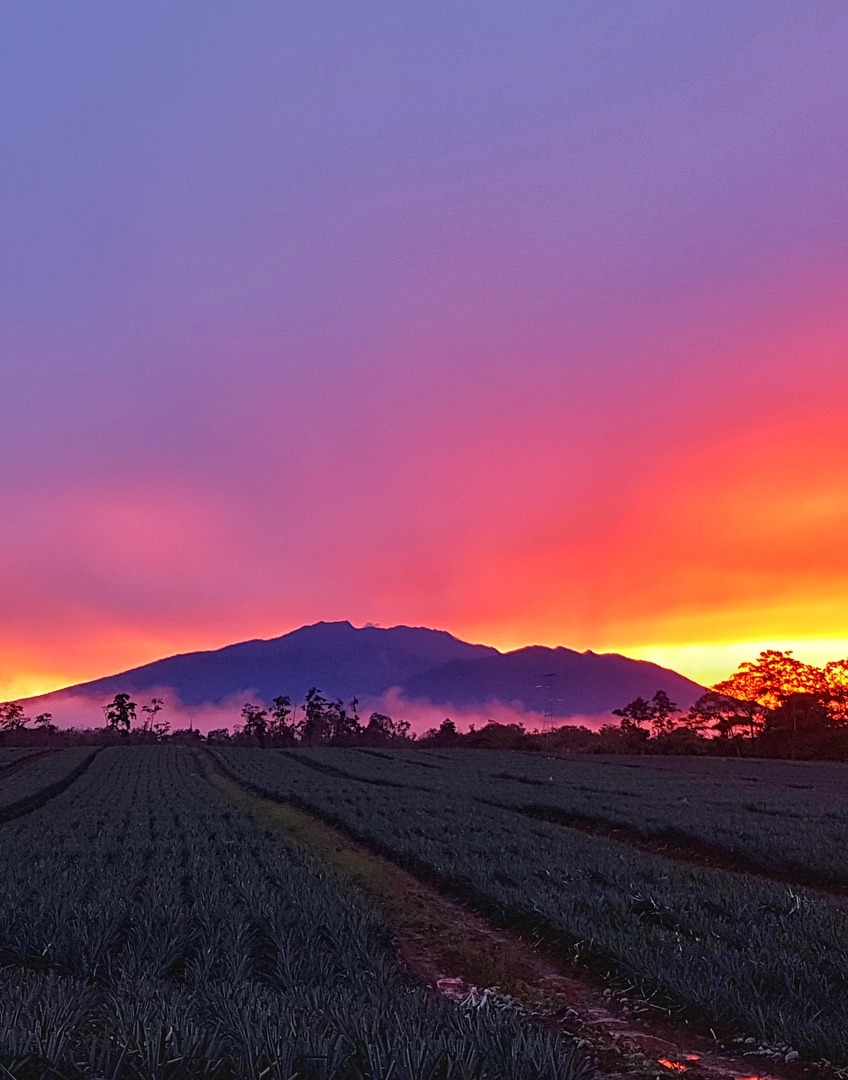
practical information
HOW TO GET THERE
The central highlands are located pretty close to San Jose and it is best to reach by road from san Jose. the roads are beautiful and asphalted. the easiest way of getting around is by renting a car or by private transfer.
GETTING AROUND
The best way to explore the Central Highlands is with a rental car, or with your private transfer. the central town of the Central Highlands is Turrialba, which is connected through a shuttle service with San Jose.
WHERE TO STAY
The Central Valley offers several lodges and eco-lodges ranging from superior to comfort and also has some comfort options and bed & breakfasts.

More highlights of Costa Rica
With eight local offices in Latin America, we have the perfect base to help you build the perfect trip for your clients. Unrivaled experience with a wide selection of bed & breakfasts, small posadas, unique boutique hotels and world class luxurious lodging.
